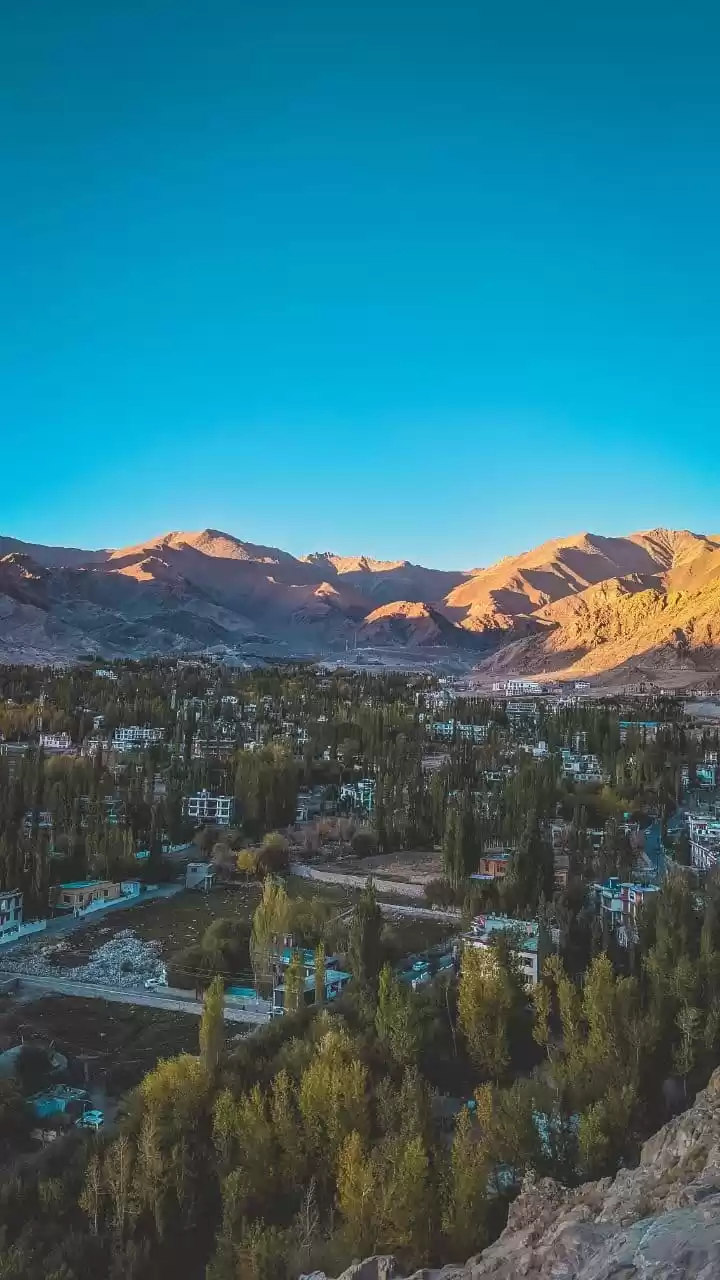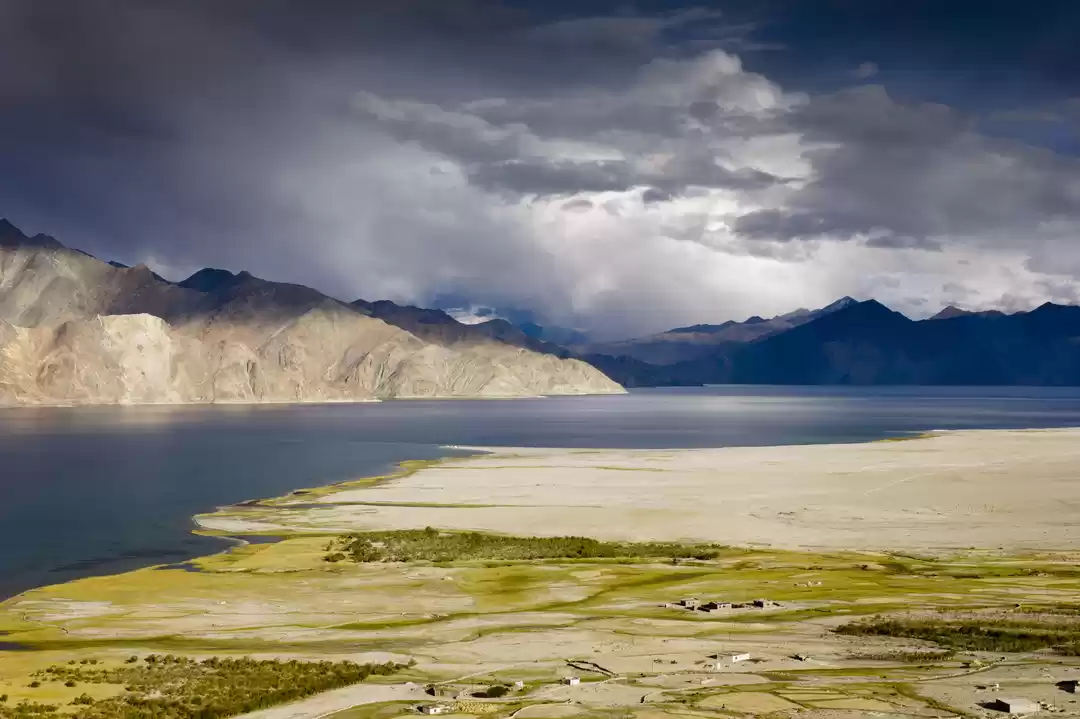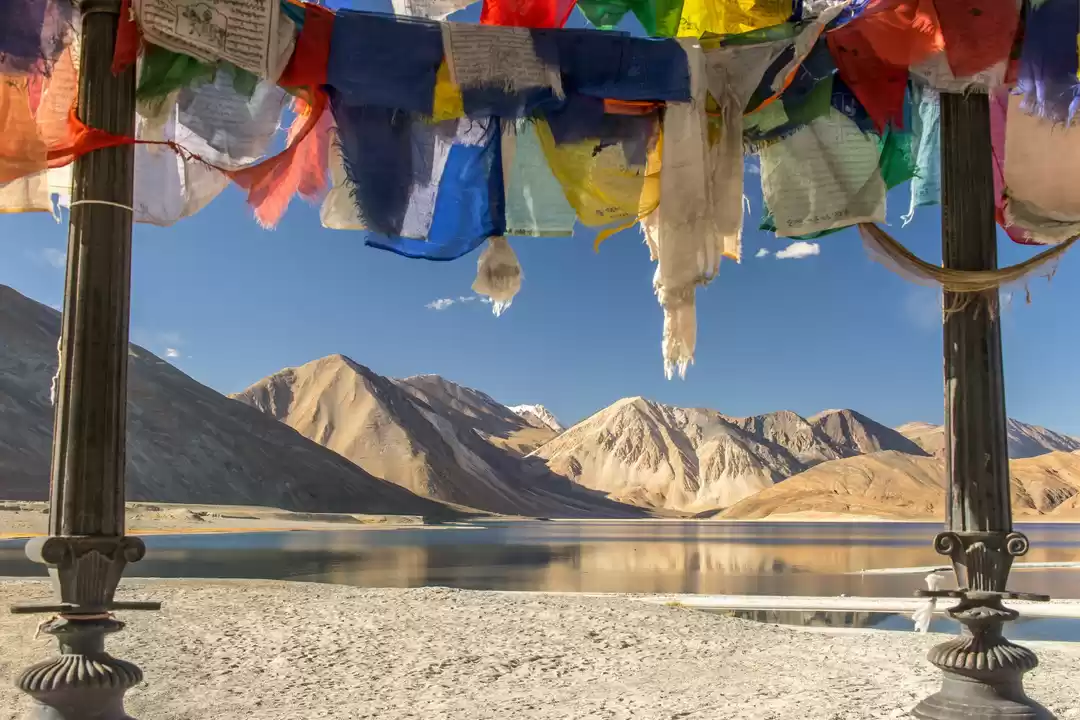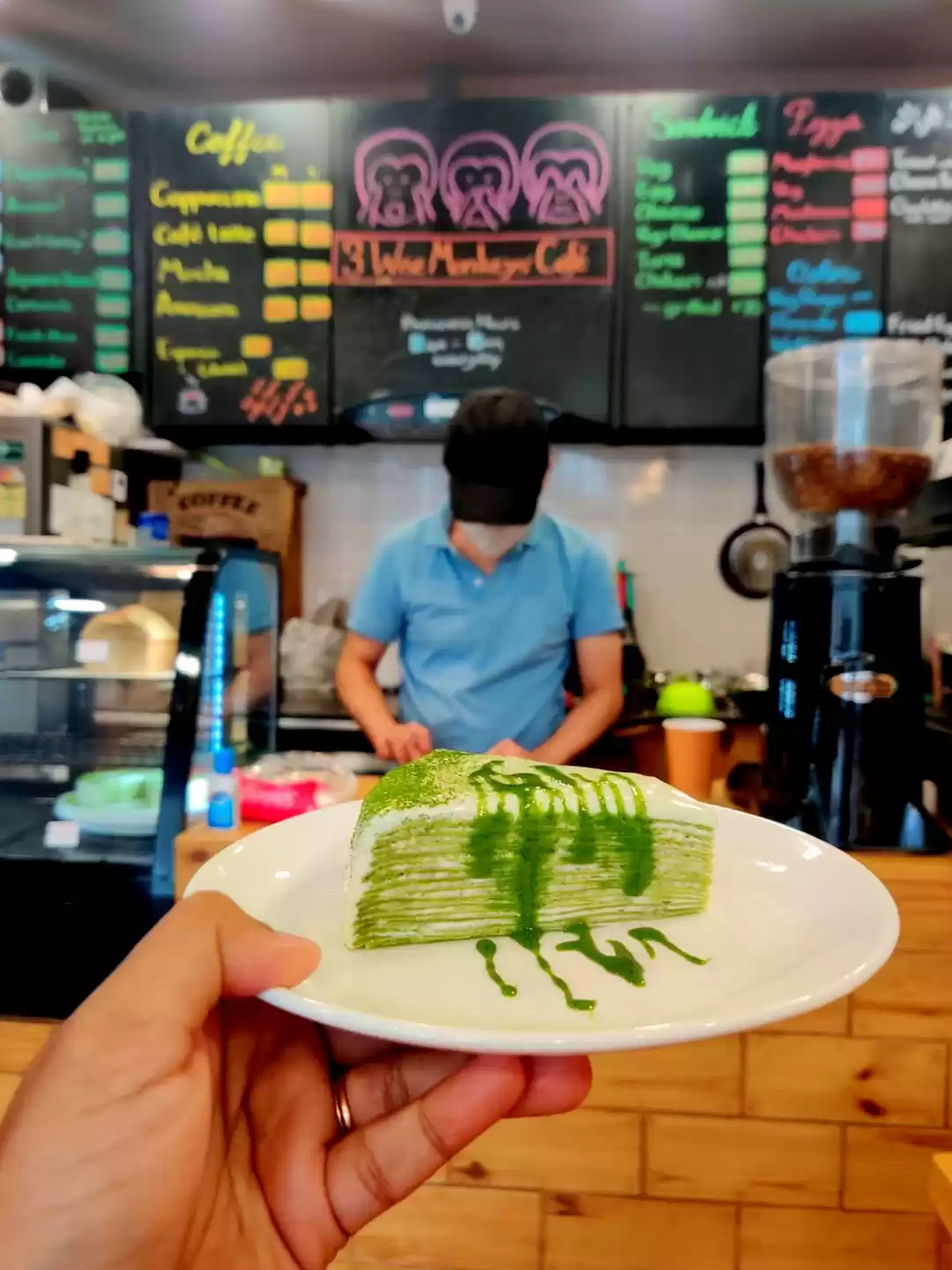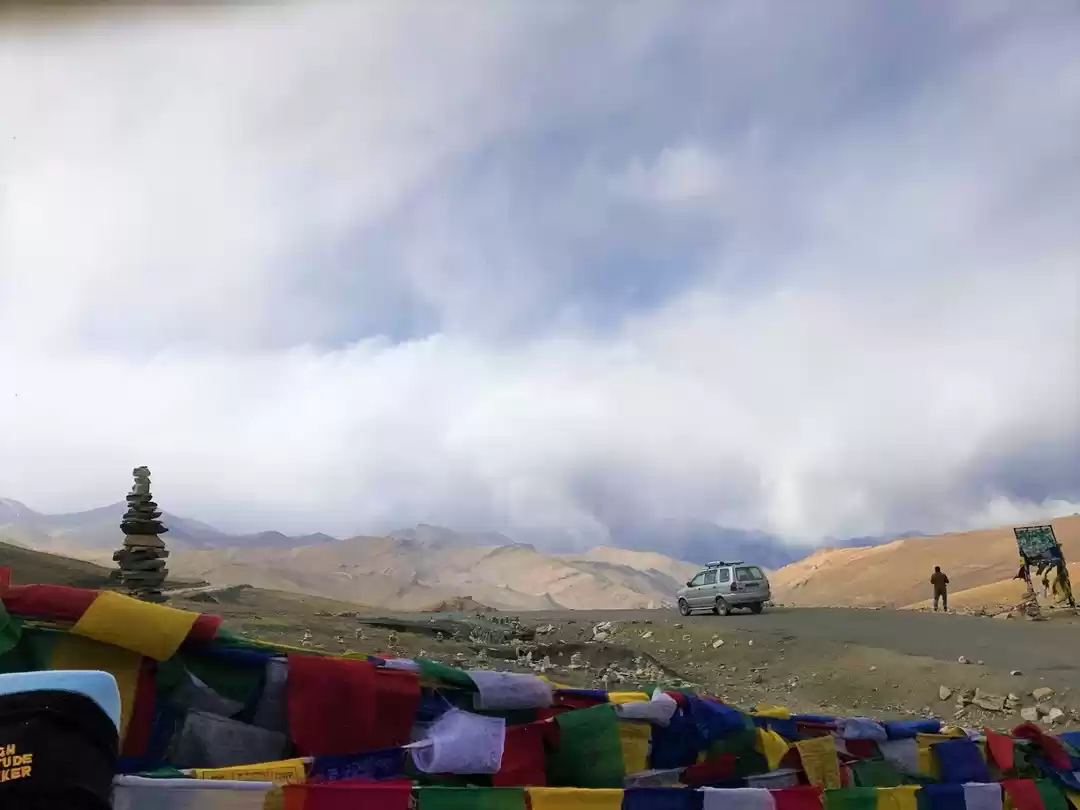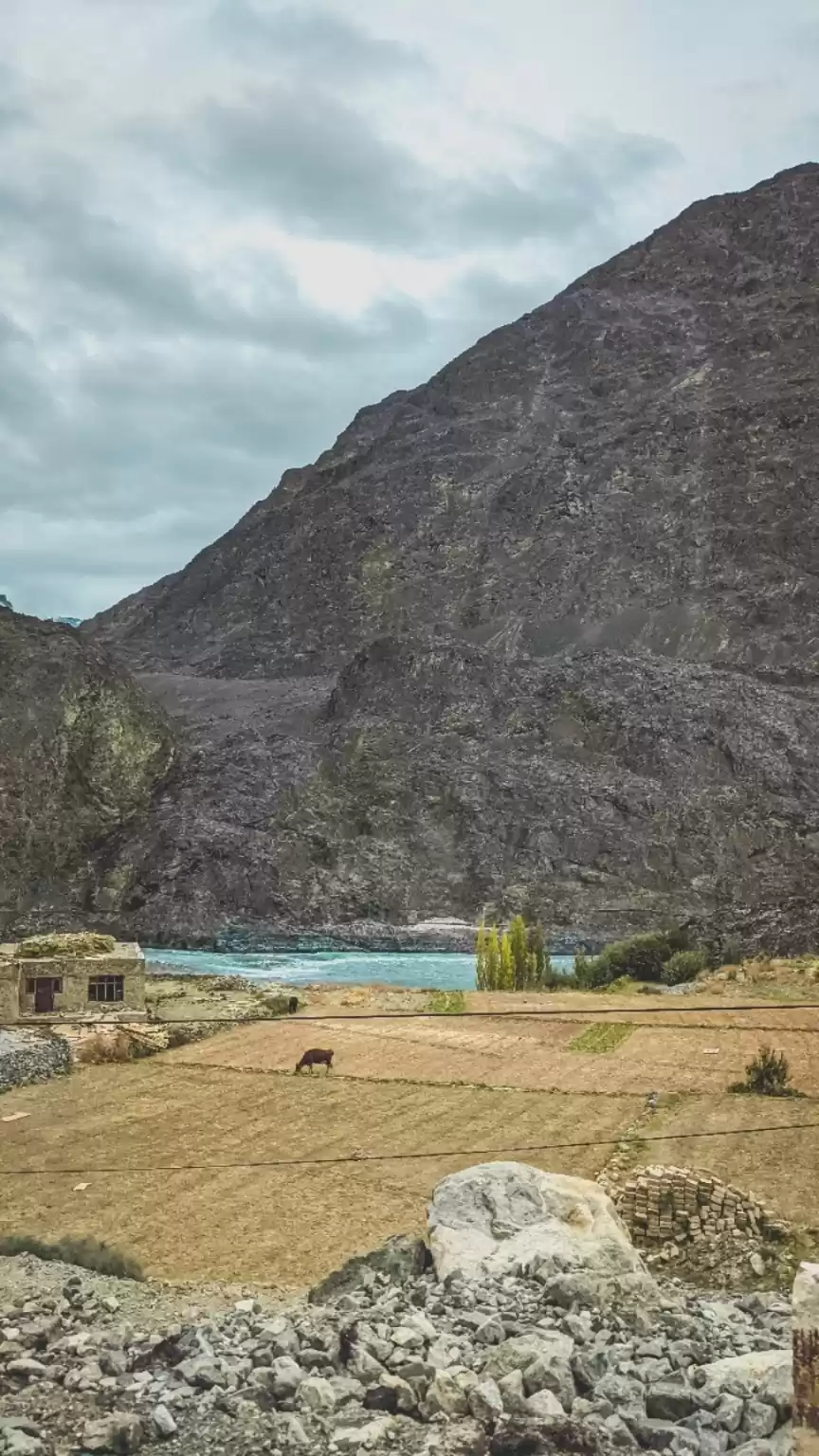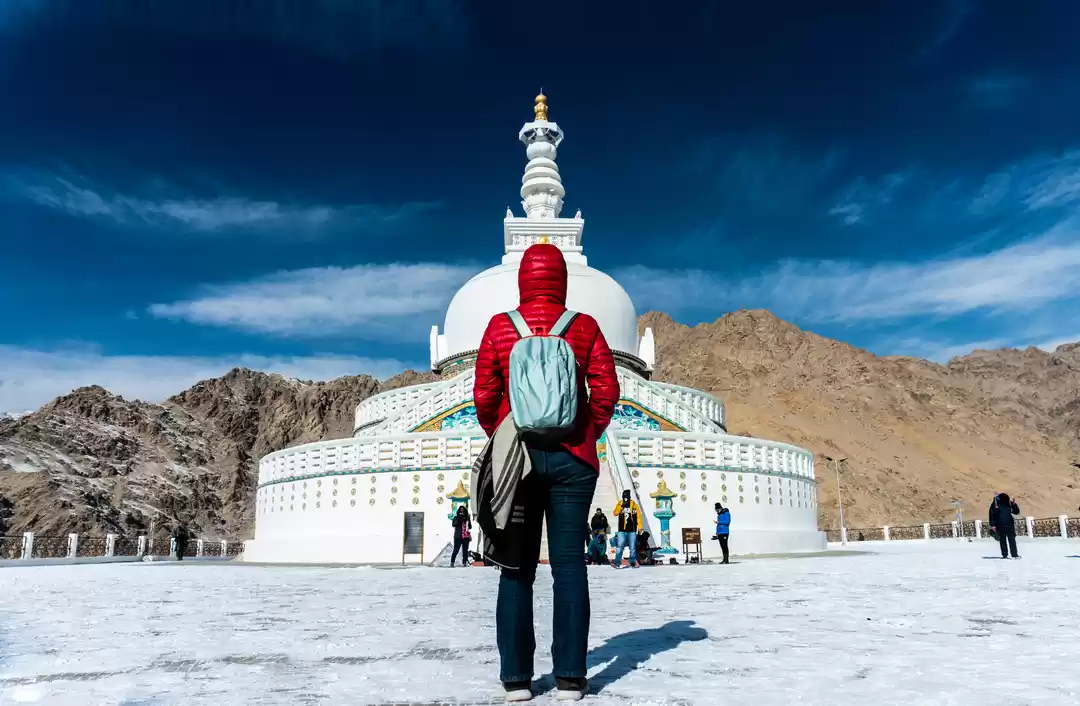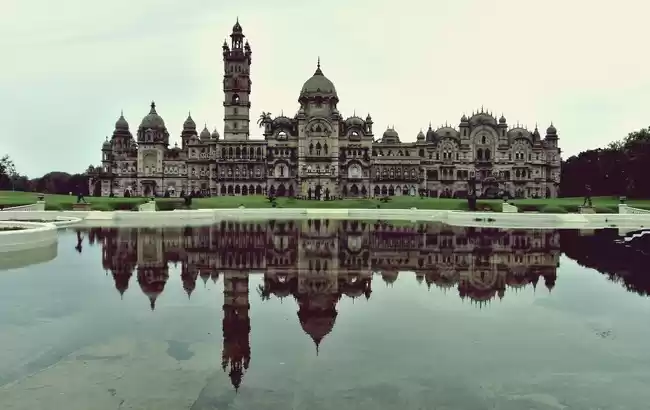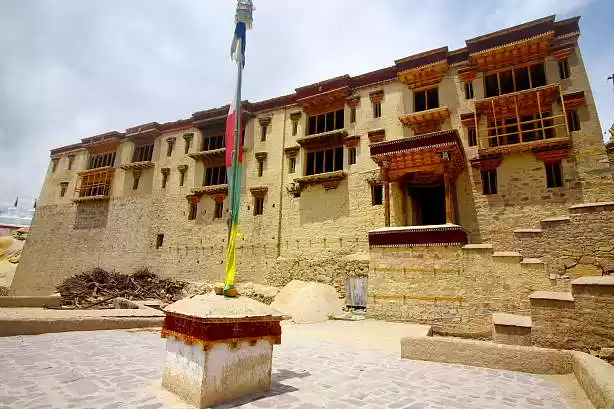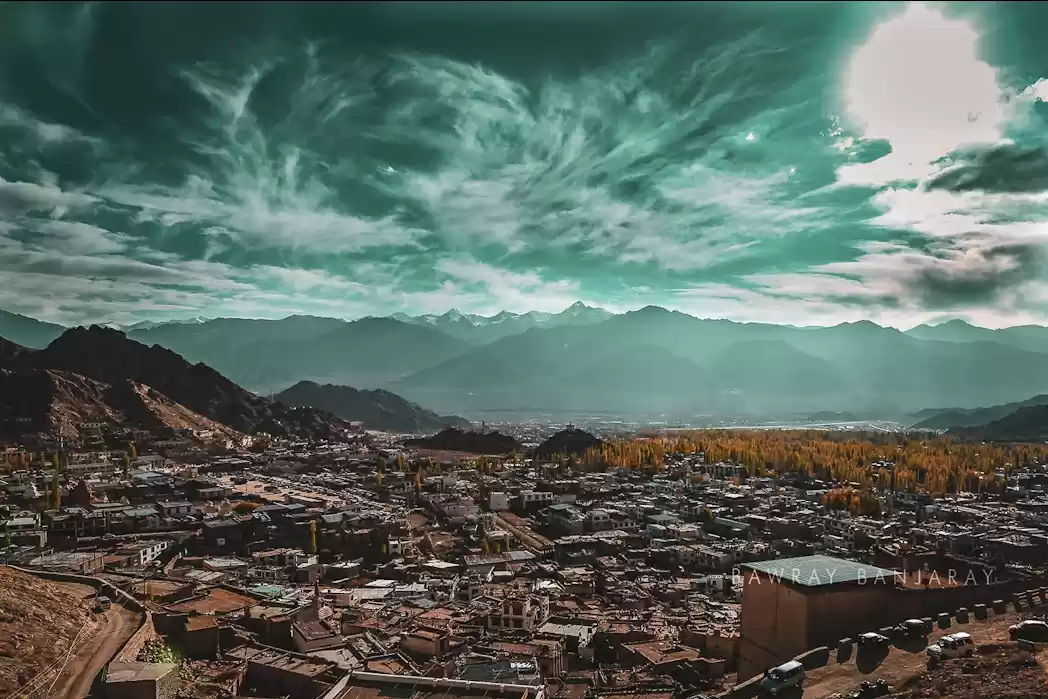
The Leh Palace, also known as ‘Lhachen Palkhar,’ is a former royal palace from the 17th century and one of Leh’s main attractions. It was built under the patronage of King Sengge Namgyal to accommodate his family. The nine-story dun-colored castle currently contains a museum and a prayer room, with the rooftop offering a panoramic view of Leh and the adjacent Zanskar mountain range.
History
Tsewang Namgyal, the founder of Ladakh’s Namgyal dynasty, built Leh Palace in 1553. The palace was finished during the reign of Sengge Namgyal, commonly known as the Lion King during the 17th century. While the top levels of the palace housed members of the royal family, the lower floors housed stables and storerooms.
The royal family was forced to shift their base to the Stok Palace was In the mid-nineteenth century, Dongra troops stormed Leh Palace. This palace was burned throughout numerous battles and suffered significant damage.
Architecture
The Leh Palace, which resembles the renowned Potala Palace in Lhasa, is a magnificent example of mediaeval Tibetan architecture. The building looks to be cool in the summer and toasty in the winter. The palace is made of mud, wood, sand, and stones, and it is somewhat smaller than the Potala.
Despite being in a state of disrepair, the tiny compartments, carved entrances, spacious chambers, and vast hallways retain their allure. The larger halls and chambers have since been transformed into display fallout shelters. Don’t miss the magnificent murals on the palace’s walls, which portray the splendour of its original era.
Another renowned sight in Ladakh is the Victory Tower, which is located next to the Leh Palace. This tower was erected in memory of Ladakhi warriors who died fighting against the invading Balti Kashmiri in the 16th century.














